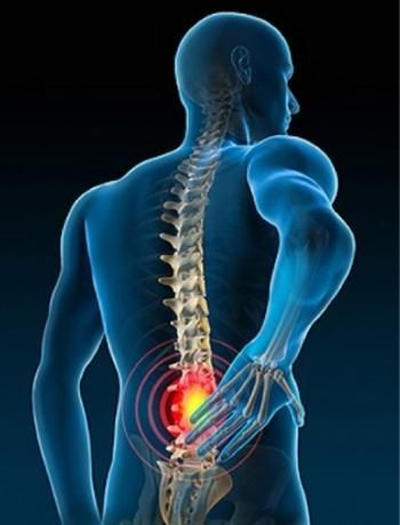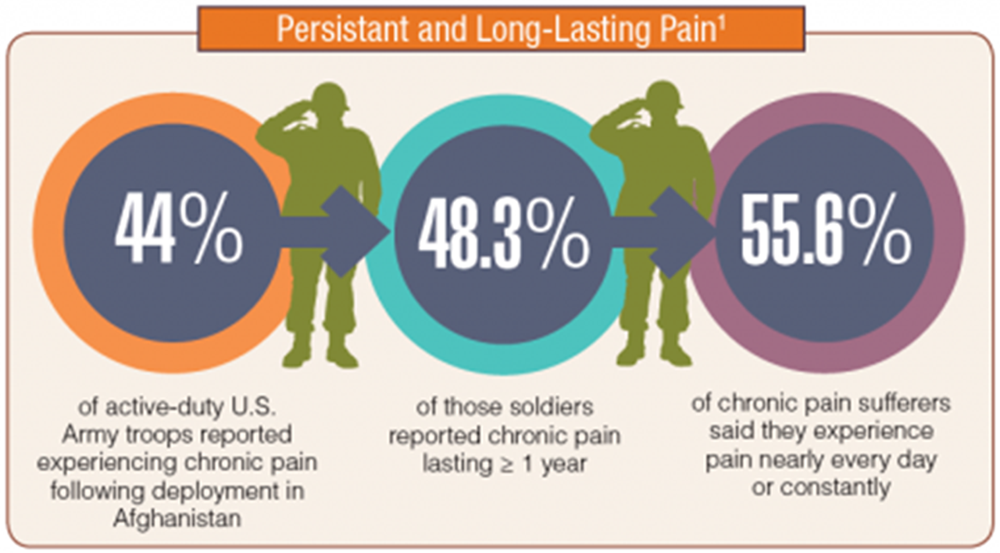Risk Factors Associated With Transition From Acute to Chronic Low Back Pain in US Patients Seeking Primary Care
SOURCE: JAMA Netw Open 2021 (Feb 1); 4 (2): e2037371
Joel M. Stevans, DC, PhD, Anthony Delitto, PT, PhD, Samannaaz S. Khoja, PT, PhD, Charity G. Patterson, PhD, Clair N. Smith, MS, Michael J. Schneider, DC, PhD, Janet K. Freburger, PT, PhD, et. al.
School of Health and Rehabilitation Sciences,
University of Pittsburgh,
Pittsburgh, Pennsylvania
Importance: Acute low back pain (LBP) is highly prevalent, with a presumed favorable prognosis; however, once chronic, LBP becomes a disabling and expensive condition. Acute to chronic LBP transition rates vary widely owing to absence of standardized operational definitions, and it is unknown whether a standardized prognostic tool (ie, Subgroups for Targeted Treatment Back tool [SBT]) can estimate this transition or whether early non-guideline concordant treatment is associated with the transition to chronic LBP.
Objective: To assess the associations between the transition from acute to chronic LBP with SBT risk strata; demographic, clinical, and practice characteristics; and guideline nonconcordant processes of care.
Design, setting, and participants: This inception cohort study was conducted alongside a multisite, pragmatic cluster randomized trial. Adult patients with acute LBP stratified by SBT risk were enrolled in 77 primary care practices in 4 regions across the United States between May 2016 and June 2018 and followed up for 6 months, with final follow-up completed by March 2019. Data analysis was conducted from January to March 2020.
Exposures: SBT risk strata and early LBP guideline nonconcordant processes of care (eg, receipt of opioids, imaging, and
Main outcomes and measures: Transition from acute to chronic LBP at 6 months using the National Institutes of Health Task Force on Research Standards consensus definition of chronic LBP. Patient demographic characteristics, clinical factors, and LBP process of care were obtained via electronic medical records.
There are more articles like this @ our:
Results: Overall, 5233 patients with acute LBP (3029 [58%] women; 4353 [83%] White individuals; mean [SD] age 50.6 [16.9] years; 1788 [34%] low risk; 2152 [41%] medium risk; and 1293 [25%] high risk) were included. Overall transition rate to chronic LBP at six months was 32% (1666 patients). In a multivariable model, SBT risk stratum was positively associated with transition to chronic LBP (eg, high-risk vs low-risk groups: adjusted odds ratio [aOR], 2.45; 95% CI, 2.00–2.98; P < .001). Patient and clinical characteristics associated with transition to chronic LBP included obesity (aOR, 1.52; 95% CI, 1.28–1.80; P < .001); smoking (aOR, 1.56; 95% CI, 1.29–1.89; P < .001); severe and very severe baseline disability (aOR, 1.82; 95% CI, 1.48–2.24; P < .001 and aOR, 2.08; 95% CI, 1.60–2.68; P < .001, respectively) and diagnosed depression/anxiety (aOR, 1.66; 95% CI, 1.28–2.15; P < .001). After controlling for all other variables, patients exposed to 1, 2, or 3 nonconcordant processes of care within the first 21 days were 1.39 (95% CI, 1.21–2.32), 1.88 (95% CI, 1.53–2.32), and 2.16 (95% CI, 1.10–4.25) times more likely to develop chronic LBP compared with those with no exposure (P < .001).
Conclusions and relevance: In this cohort study, the transition rate to chronic LBP was substantial and increased correspondingly with SBT stratum and early exposure to guideline nonconcordant care.







Leave A Comment